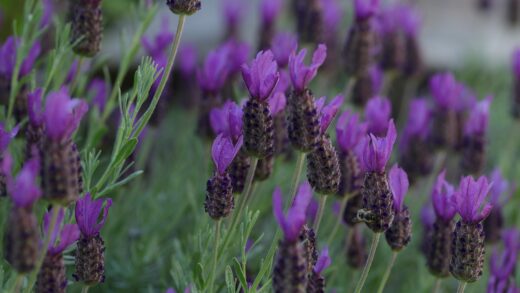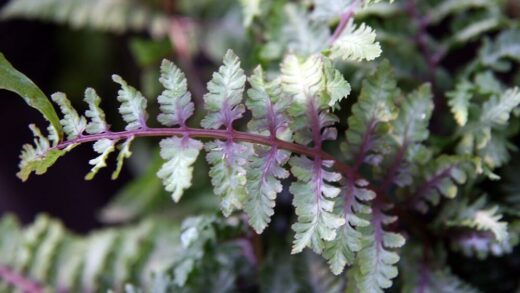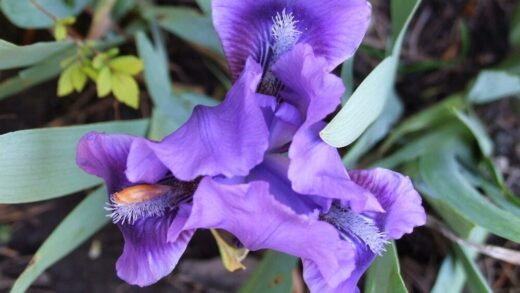Light is the fundamental source of energy for basil, driving the process of photosynthesis that fuels its growth, vitality, and the production of the aromatic compounds that make it so highly prized. As a plant native to sunny, warm climates, basil has evolved to be a true sun-worshipper, and its demand for intense, direct light is non-negotiable for achieving optimal health and flavor. Providing insufficient light is one of the most common mistakes in basil cultivation, leading to a host of problems including weak stems, sparse foliage, and a disappointing lack of aroma and taste. Understanding and meeting these specific light requirements is therefore the cornerstone of successful basil growing.
To thrive and reach its full potential, a basil plant requires a minimum of six to eight hours of direct sunlight each and every day. This is not a mere suggestion but a critical requirement for the plant to produce enough energy to support robust, bushy growth. When exposed to this level of light intensity, the plant is able to photosynthesize at a high rate, creating the sugars it needs to build strong cell walls and lush leaves. This high energy production also directly fuels the synthesis of the essential oils that give each basil variety its unique and complex flavor profile. Without adequate sun, the plant simply cannot create these compounds in abundance.
The effects of inadequate light on a basil plant are easy to observe. A light-starved plant will exhibit a condition known as etiolation. It will stretch desperately towards the available light source, resulting in abnormally long, thin, and weak stems with large gaps between the leaf pairs. The leaves themselves will often be smaller and paler in color than those on a healthy plant. This “leggy” growth is not only unattractive but also structurally unsound, making the plant more prone to flopping over or breaking. Most importantly for the culinary gardener, the flavor of a leggy basil plant will be a pale imitation of its sun-fed counterpart.
The ideal location for planting basil, whether in a garden bed or in a container, is therefore the sunniest spot you have available. This might be in the middle of a vegetable garden with no overhead tree canopy, or on a south-facing balcony or patio that receives unobstructed sunlight for most of the day. Before planting, it’s a worthwhile exercise to observe the proposed location throughout the day to accurately gauge how many hours of direct sun it truly receives. Even a location that seems sunny in the morning may be cast into shadow for much of the afternoon, so careful observation is key to making the right choice.
The role of light in flavor development
The relationship between sunlight and the flavor of basil is direct and profound. The characteristic aroma and taste of basil come from a complex blend of volatile organic compounds, commonly referred to as essential oils. These compounds are produced by the plant through a series of energy-intensive biochemical processes. The energy required to fuel these processes is derived almost exclusively from sunlight through photosynthesis. Therefore, the more sunlight a basil plant receives, the more energy it has to devote to producing these flavorful and aromatic oils.
More articles on this topic
When a basil plant is deprived of sufficient light, it must prioritize its limited energy resources. Its primary goal becomes survival and growth, specifically, growing taller in an attempt to reach more light. This means that energy is diverted into stem elongation rather than into the secondary metabolic processes that create essential oils. The result is a plant that may look green and alive, but its leaves will have a significantly lower concentration of these flavor compounds. This is why basil grown on a dim windowsill often tastes grassy and weak compared to the pungent, complex flavor of basil grown in full sun.
The intensity of the light also plays a role. The strong, direct sunlight of summer not only provides more light energy but also can induce a mild level of stress in the plant. This “good” stress can often trigger a protective response in the plant, leading it to produce higher concentrations of secondary metabolites, including the essential oils that contribute to its flavor and aroma. This is a defense mechanism for the plant, as these oils can help deter pests and protect against harsh environmental conditions. Thus, the intense sun not only fuels flavor production but can also stimulate it.
For the gardener, this knowledge underscores the importance of not compromising on basil’s light requirements. If you want basil with a rich, authentic flavor that can stand up in a pesto or a tomato sauce, you must provide it with the abundant sunlight it craves. While a basil plant might technically survive in a location with only four hours of direct sun, it will never thrive, and its culinary quality will be severely diminished. Prioritizing a full-sun location is the most important step you can take to ensure a flavorful harvest.
Growing basil indoors with artificial light
Growing basil indoors, especially during the winter, presents a significant challenge in meeting the plant’s high light demands. The intensity and duration of natural light passing through a window are significantly lower than direct outdoor sunlight, even in a south-facing window. For this reason, relying solely on window light will almost always result in a leggy and flavorless plant. To successfully grow high-quality basil indoors, it is practically a necessity to use an artificial grow light to supplement or replace natural sunlight.
More articles on this topic
There are several types of grow lights suitable for growing herbs like basil. Standard fluorescent tubes (T5 or T8) are an affordable and effective option. They should be hung in a fixture just a few inches above the top of the plant to provide sufficient intensity. More modern and energy-efficient are LED (Light Emitting Diode) grow lights. Full-spectrum LED lights are designed to mimic the quality of natural sunlight and are an excellent choice for supporting healthy plant growth from seedling to harvest. They also produce less heat than some other types of lights, allowing them to be placed close to the plants without risk of burning the leaves.
To effectively use a grow light, you need to provide the right duration of light. You should aim to keep the light on for at least 10 to 12 hours per day. Using an inexpensive outlet timer to automatically turn the light on and off each day is a highly recommended convenience that ensures the plant receives a consistent and adequate photoperiod. This consistent daily light cycle allows the plant to establish a healthy rhythm of photosynthesis and respiration, leading to steady growth.
As the basil plant grows, it is important to adjust the height of the grow light. The light source should always be maintained just a few inches above the top leaves of the plant. If the light is too far away, its intensity will be greatly reduced, and the plant will begin to stretch towards it, defeating the purpose of using the light. By regularly raising the light as the plant grows taller, you ensure that it is always receiving the maximum possible light energy, which will promote a compact, bushy growth habit and excellent flavor development.
Acclimatizing basil to different light conditions
When moving a basil plant from one light environment to another, it is crucial to do so gradually. A sudden and dramatic change in light intensity can cause stress and damage to the plant. This is most evident when moving young seedlings that were started indoors out into the direct sun of the garden. Indoor light, even from a powerful grow light, is far less intense than unfiltered outdoor sunlight. A seedling that is moved directly from indoors to full sun will likely suffer from sunscald, where its leaves become bleached, white, and scorched.
The process of gradually acclimatizing a plant to more intense light is called hardening off. This process should take place over a period of 7 to 14 days. Start by placing the plant in a shady, protected outdoor spot for just an hour or two on the first day. Each subsequent day, gradually increase the amount of time the plant spends outdoors and slowly introduce it to short periods of direct sunlight. Morning sun is less intense than afternoon sun, so it’s best to start with that. This slow exposure allows the leaves to develop a thicker cuticle and adapt to the higher levels of UV radiation.
The same principle applies when moving a plant from a high-light situation to a lower-light one, such as bringing a potted basil plant indoors for the winter. While less likely to cause immediate physical damage like sunscald, an abrupt move from full sun to a dim interior can cause the plant to drop a significant number of its leaves as it struggles to adapt to the lower energy levels. A gradual transition, bringing the plant indoors for progressively longer periods over a week, can help to mitigate this stress and reduce leaf loss.
Even moving a plant from one location in your garden to another can require some acclimatization. If a basil plant has been growing in a spot that gets only morning sun and you decide to move it to a location with scorching all-day sun, it can still experience stress and leaf scorch. Whenever you are making a significant change to a plant’s light exposure, a gradual approach is always the safest and most effective way to ensure a smooth and healthy transition.

















